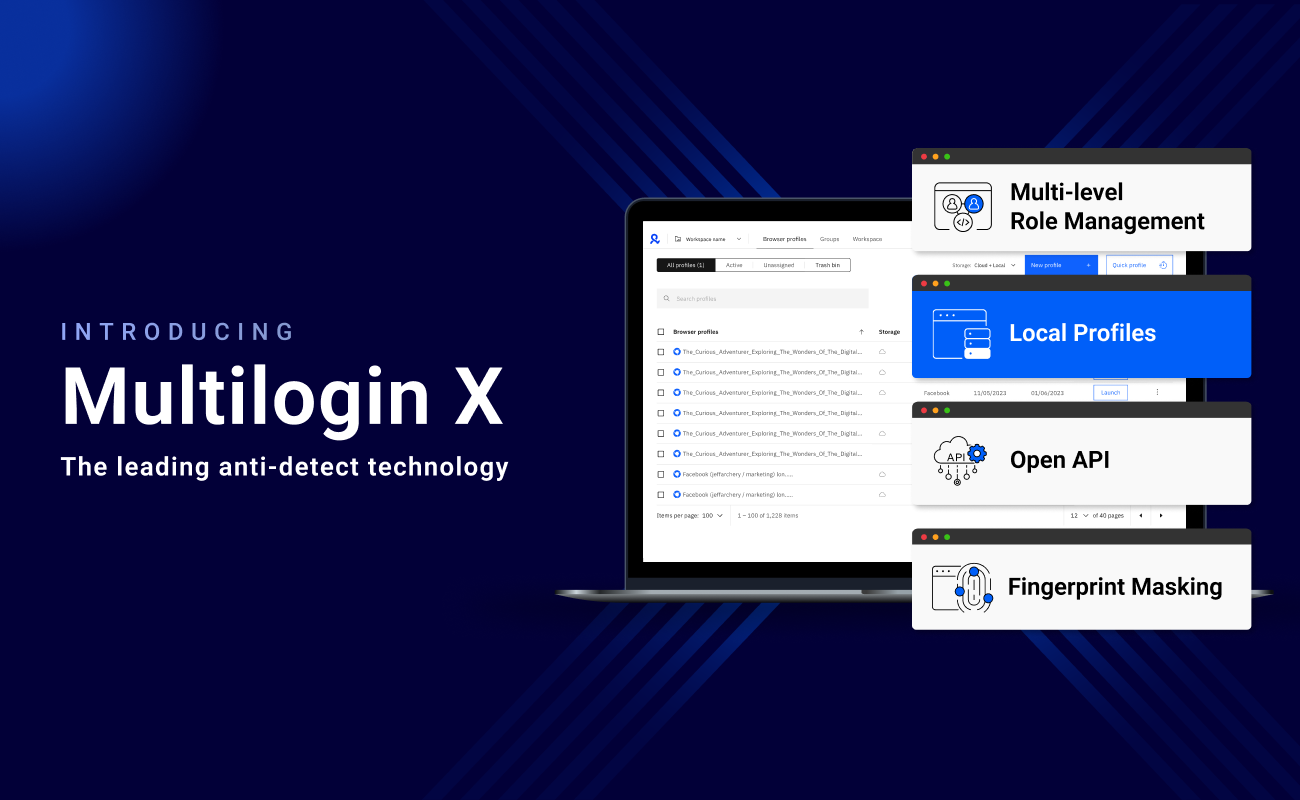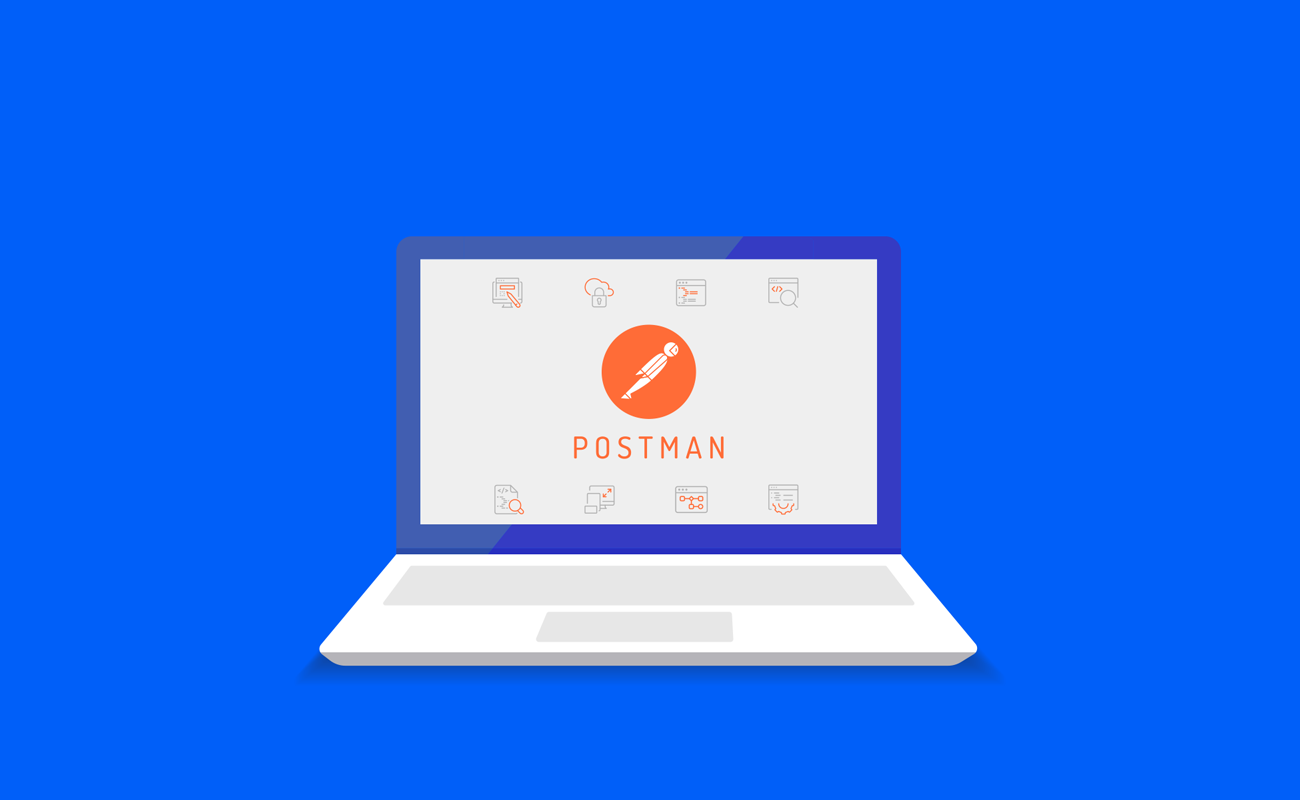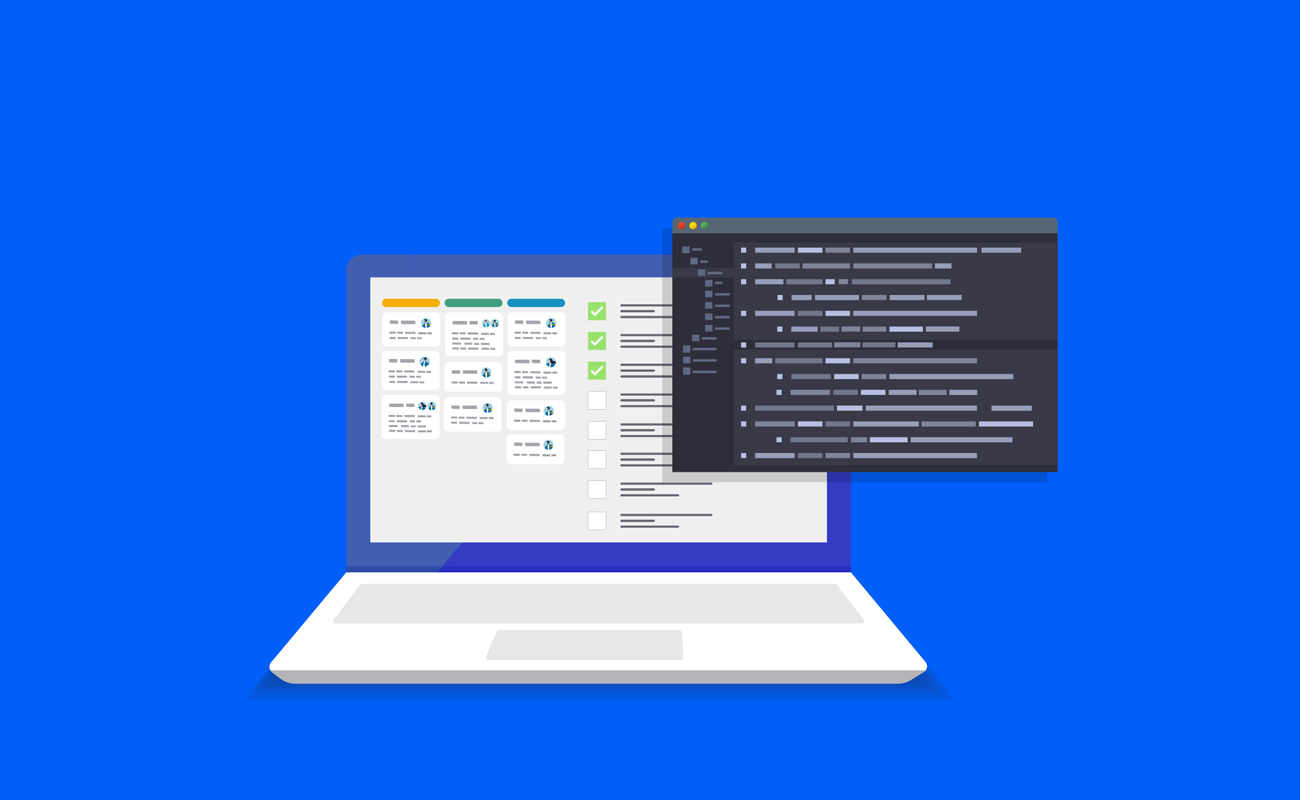
Web browser automation using Selenium
MAY 24, 2023
In the whirlwind of today's digital realm, everyone's racing against time. Amidst this race, there's a secret weapon often overlooked yet holds an immense capacity to turbocharge productivity - browser automation. This is where Selenium, a robust tool, comes into play!
Think of Selenium as your personal digital assistant. It steps up to manage tedious tasks, boost precision, and free up much of your time. It's like adding extra hours to your day!
So, get ready for a journey through the dynamic universe of Selenium-empowered browser automation, the key to a smoother, faster, and more efficient digital life!
Why Selenium for Browser Automation?
Selenium shines brightly among other tools in browser automation and for good reasons. Its open-source features make it an accessible and cost-effective tool for businesses of all sizes.
Testing across various browsers is not limited to any browser or operating system. This offers a comprehensive platform, including Chrome, Firefox, and Safari.
Additionally, Selenium offers the flexibility of running automated tests using multiple programming languages, including Java, Python, C#, and Ruby. This flexibility means that irrespective of the language your application is built with; Selenium can effectively run automated tests against it.
Selenium's role extends beyond simple web development, forming a vital part of the software testing process. It enables developers and testers to automate and verify the functionality of web applications across different browsers and devices.
Selenium Browser Automation Best Practices
Correct Usage of Locators
Selenium interacts with web elements through 'locators.' These locators, which come in various types, including ID, Name, Class Name, Tag Name, Link Text, and more, are crucial to the robustness and stability of your test scripts.
Choosing the right locator is crucial because a poorly chosen locator can lead to brittle tests that break with minor changes to the web application's user interface. Therefore, it's best to use unique and stable locators to ensure the reliability of your automated tests.
Use Data-Driven Testing
Data-driven testing is a technique where test input and output are read from data files. Selenium leverages this technique and its proprietary test accelerator to enhance the efficacy of system functional and browser compatibility testing. This powerful feature allows you to test how your application handles various inputs effectively.
Choose the Selector Order
The order of selectors can significantly impact the stability of your Selenium scripts. While ID, Name, and Link Text locators are easier to use, they may not always be available or unique. In such cases, XPath and CSS selectors can be used. Balancing ease of use with test stability is crucial when choosing the selector order.
Use Page Objects
Page Objects is a design pattern that helps reduce code duplication and improve test maintenance. This pattern aids in creating more robust automation frameworks and maintaining the readability of your test scripts.
Use Selenium Waits
Selenium provides two types of waits - explicit and implicit. These wait commands are more reliable and flexible than traditional Thread.sleep() commands, allowing you to create tests that manage time effectively and handle dynamic web content.
Use Java Runtime Environment (JRE) 1.6
Using the latest version of Java for the Selenium server is paramount to ensure the efficient execution of tests. It helps handle runtime errors and ensures the smooth functioning of the Selenium server.
Run Tests on Real Devices
For the most accurate results, tests should be run under real user conditions. This means testing on real devices and browsers instead of emulators and simulators. Doing so ensures the authenticity of the test environment and leads to more reliable test results.
Conclusion
In conclusion, Selenium is a powerful and versatile tool for browser automation. Adopting Selenium's best practices is essential. These include the correct usage of locators, data-driven testing, careful selection of selector order, and the use of Page Objects.
With effective management of waits, updating to JRE 1.6, and running tests on real devices, you can enhance the efficiency and accuracy of your browser automation tasks.
The future of efficiency is automation, and with Selenium, that future is here. So, don't wait. Embrace these best practices today and take a giant leap towards more efficient, accurate, and successful browser automation.




